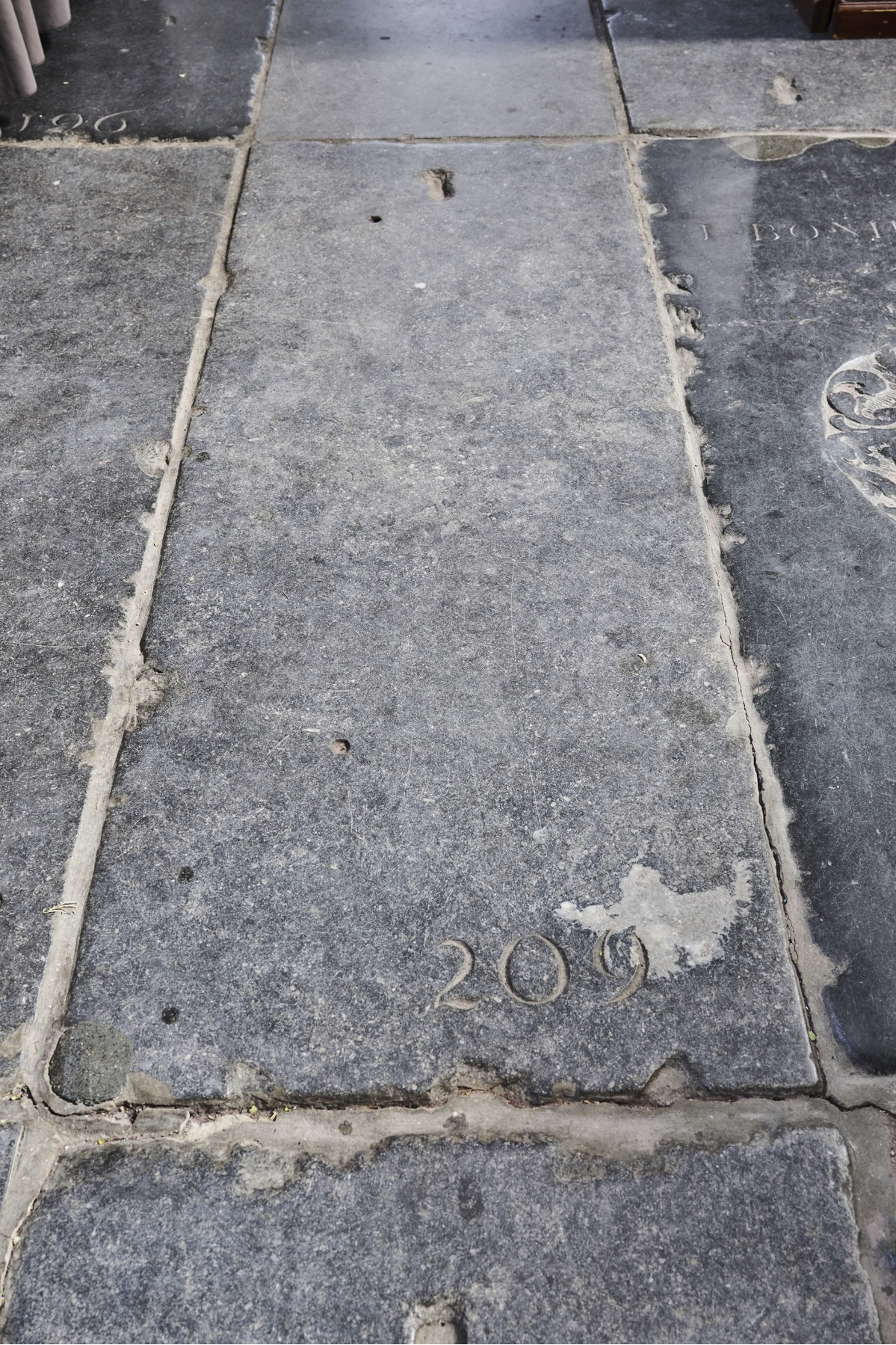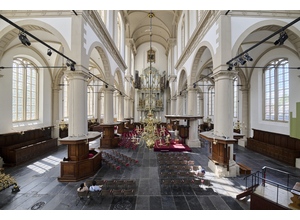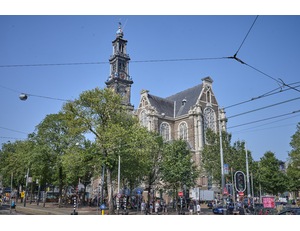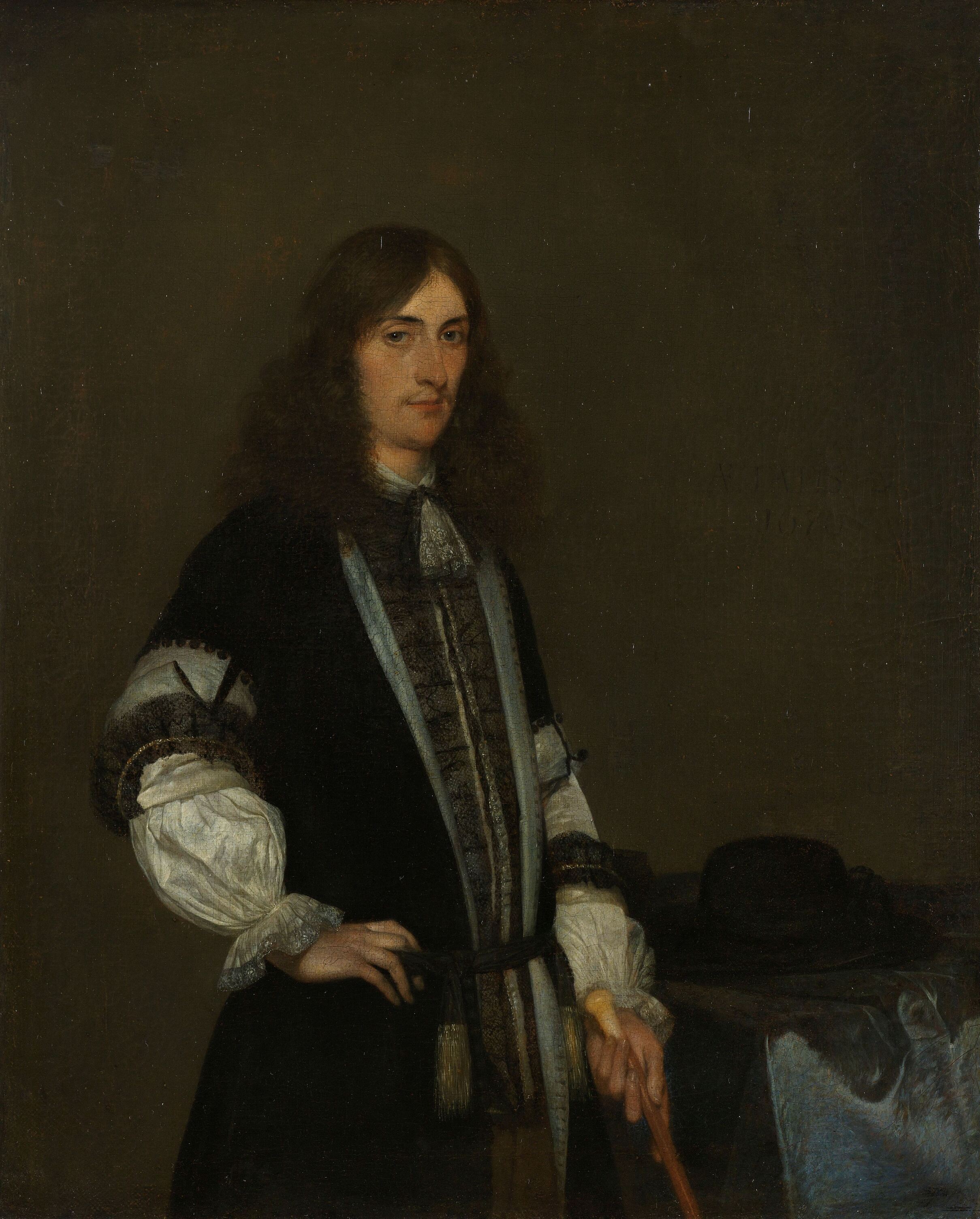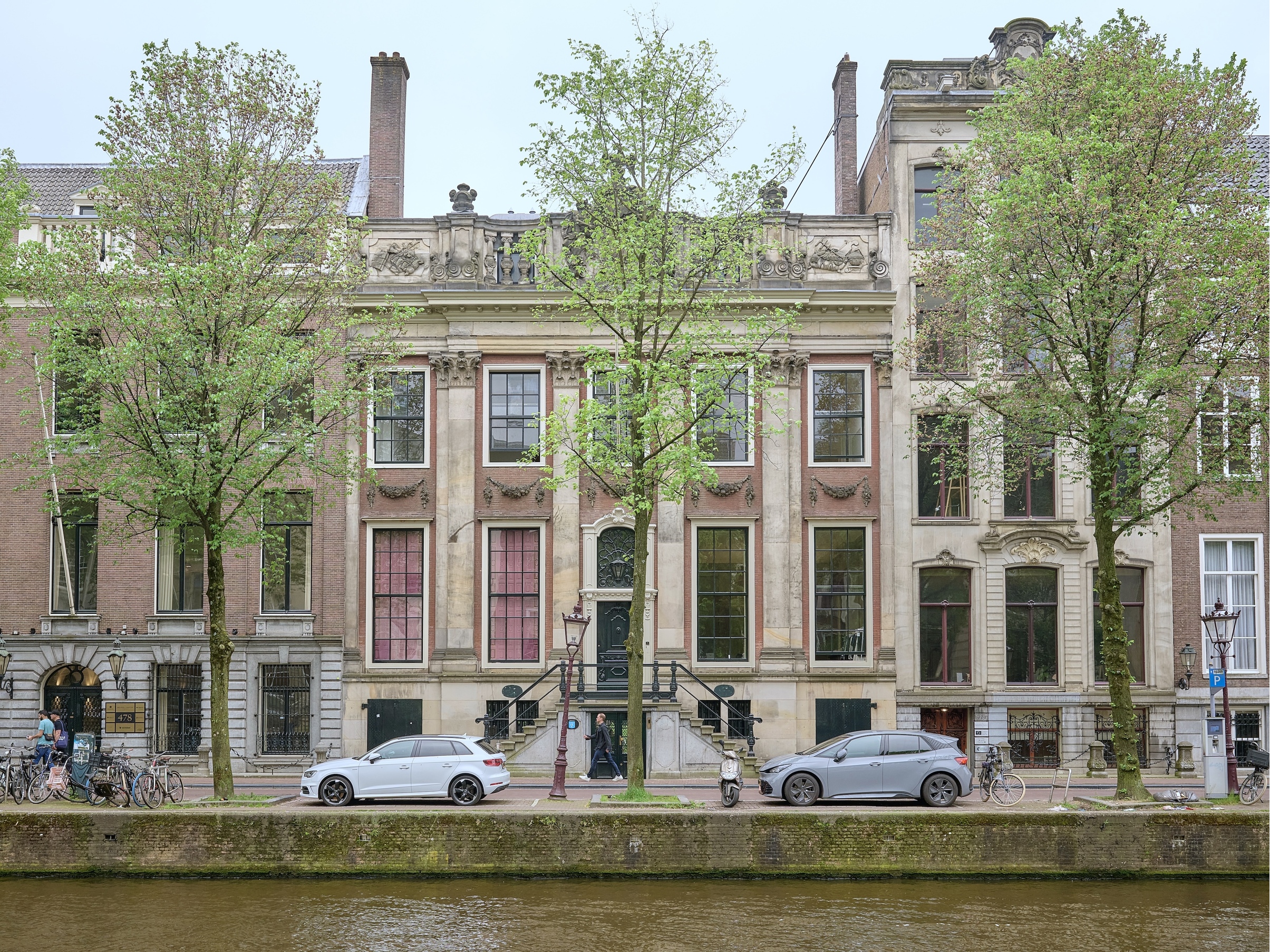The worshippers of the Westerkerk in the seventeenth century were wealthy people. Among them was mayor Francois de Vicq. From a contemporary point of view, not all his positions are equally honourable.
Location
Westerkerk
Prinsengracht 281
Type
Church
Religious community
Protestantse Kerk Amsterdam, voorheen Nederlandse Hervormde Kerk
Object
Gravestone of mayor Francois de Vicq
Maker and date
Maker unknown
1707
Visit
On-site viewing
Churchgoers of the Westerkerk
That Francois de Vicq is buried in the Westerkerk should come as no surprise. He lived from 1678 in the 'Golden Bend' on Herengracht 476. This is the part of the ring of canals with the most imposing houses. The Westerkerk was built between 1620 and 1631 especially for the residents of this newly laid-out ring of canals. Consequently, the churchgoers of the Westerkerk mostly consist of the wealthy families living there. These families help each other get good positions. Thus, Francois de Vicq became 'schepen' at the age of 26 and would become mayor of Amsterdam several times.
The 'Golden Age'
The seventeenth century is also known as the ‘Golden Age’. The Netherlands amassed much wealth during this time. The Vereenigde Oostindische Compagnie (VOC) and West-Indische Compagnie (WIC) are at the heart of this. Trade was conducted worldwide. Not only in goods, but also in enslaved people. The trade that made the Netherlands so rich in this century is inextricably linked to slavery. Members of rich families also hold high positions in the network surrounding the slave trade. Francois de Vicq was administrator of the WIC on behalf of Amsterdam from 1675-1694.
The Society of Suriname
Amsterdam gets another direct link to slavery from 1683 onwards. In that year, the Society of Suriname is founded to administer the colony of Suriname. Together with the WIC and the Van Aerssen van Sommelsdijck family, the city jointly owned this Society and thus the colony of Suriname. Slavery is the order of the day here. Francois de Vicq puts his signature to the founding of the Society on behalf of the city of Amsterdam. He becomes director twice and will remain involved until his death in 1707. He probably never visited Suriname himself. Francois de Vicq is one of many residents of the canal belt who has a direct link to Amsterdam's slavery past and is buried in the Westerkerk.
Vera Mijnheer
Employee Protestant Church Amsterdam
In collaboration with
Ds. Herman Koetsveld
Pastor of the Westerkerk
Cristina Pumplun
Vicar of the Westerkerk
Last edited
October 30, 2024
Gravestone 209 N of Francois de Vicq (1646-1707) in the Westerkerk, maker unknown, bluestone, 195 x 72 cm. Collection Protestant Church Amsterdam. Photography: Robert Westera.
Francois de Vicq (1646-1707), Gerard ter Borch (II), 1670, oil on canvas, 38 x 31 cm. Collection Rijksmuseum.
Herengracht 476, Robert Westera, 2024, digital photograph. Collection Museum Ons' Lieve Heer op Solder.
Balai, L., Geschiedenis van de Amsterdamse Slavenhandel (Amsterdam 2013).
Hartsick, J.J., Beschryving van Guiana, of de wilde kust in Zuid-Amerika (Amsterdam 1770).
Leede, B. de, M. Stoutjesdijk eds., Kerk, kolonialisme en slavernij (Utrecht 2023).
Smit, J., Slavenhandel en de graven in de Westerkerk. Elf korte biografieën, ongepubliceerd document van de werkgroep ‘Graven in de Westerkerk’ (Amsterdam, 2021).


